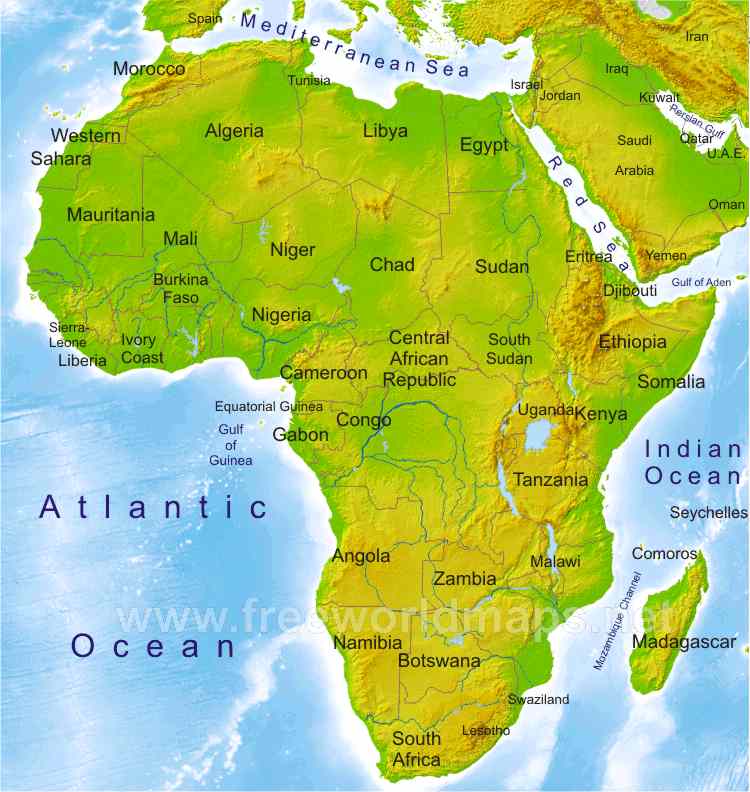
Edson Baraukwa | Africa Guardian
Officials at the African Light Source (AfLS) Foundation are targeting 2035 for the construction of Africa’s first synchrotron light source. On December 9, the foundation released its “geopolitical” conceptual design report, calling on African leaders to pledge the $2 billion needed to build and operate the facility for the first decade.
Despite the existence of over 50 synchrotron light sources globally, Africa remains the only inhabited continent without one. These facilities use powerful magnets to accelerate electrons to near light speed within a circular ring, emitting intense beams of synchrotron radiation in the form of X-rays to analyze the structure and properties of matter.
For decades, African scientists have advocated for a synchrotron facility on the continent, with discussions dating back to at least 2000. In 2018, the African Union’s executive council called on its member states to support a pan-African synchrotron. The following year, Ghanaian President Nana Addo Dankwa Akufo-Addo became a prominent champion of the project.
The newly released 388-page report, which includes contributions from over 120 global experts, argues that the absence of a synchrotron in Africa is “simply not tenable.” It outlines the many potential benefits of the facility, including capacity building, driving innovation, and financial returns. Citing a 2021 study of the UK’s £1.2bn Diamond Light Source, which recouped its costs in 13 years, the report stresses the importance of such a facility for Africa’s future competitiveness.
Sekazi Mtingwa, a U.S.-based theoretical physicist and co-founder of the AfLS Foundation, warns, “Without its own synchrotron facility, Africa will fall further behind and struggle to catch up with the rest of the world.”
The AfLS Foundation remains optimistic that its report will convince African governments to support the initiative. Simon Connell, Chair of the AfLS Foundation, noted, “The 2035 target gives us time to secure backing, primarily from African governments, rather than relying on international grants, which are unpredictable.”
However, securing sufficient funding remains a challenge. Some critics question whether Africa can afford the synchrotron, given the continent’s limited R&D investment. Although African Union member states committed to spending 1% of their GDP on R&D in 2007, current spending remains just 0.42%.
John Mugabe, a professor of science and innovation policy at the University of Pretoria, expressed concerns about the lack of political support, noting that the synchrotron initiative is absent from both the African Union’s science agenda and the G20’s science, technology, and innovation plans.
Despite these challenges, the AfLS received a significant boost on December 12 when the African Academy of Sciences (AAS), based in Nairobi, Kenya, signed a memorandum of understanding with the AfLS to co-develop the synchrotron. Nkem Khumbah, Head of STI Policy and Partnerships at the AAS, called the agreement “a pivotal milestone” for advancing scientific infrastructure on the continent.
___
